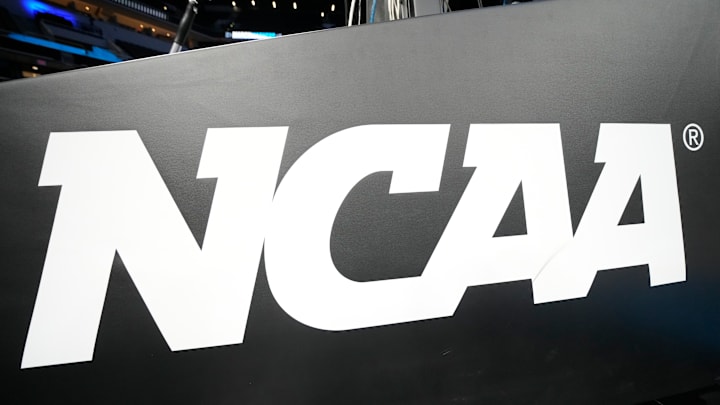The massive court case the House vs the NCAA is nearing its end as settlements are expected to be finalized on Friday. The NCAA is expected to pay $2.77 billion dollars in back pay to former athletes while setting terms which will allow schools to compensate players $20 million dollars per year.
Along with this settlement, there is expected to be a massive hike in the number of scholarships schools are allowed to offer mainly in Football, Basketball, Baseball Softball, and Volleyball.
On Tuesday, commissioners finalized roster limits that’ll be filed Friday in House settlement, sources tell @YahooSports:
— Ross Dellenger (@RossDellenger) July 24, 2024
football 105
M/W basketball 15
baseball 34
softball 25
volleyball 18
Schools can offer scholarships to full rosters starting 2025-26https://t.co/8L7dfTQtZj
The move will effectively end walk-ons, which with the current state of college athletics and NIL is likely a needed move. We saw LSU add transfer Noah Boyed as a walk on as they were over the scholarship limit while the Florida Gators did it with former five-star cornerback Cormani McClain with many expected both players received NIL payments so the schools would comply with the limits.
The schools can offer scholarships as soon as 2025-26 which means we may see some big changes rather quickly. College Coaches will likely push to fill out these roster spots sooner rather than later which means we may see schools sign 30 or more recruits in the 2025 recruiting cycle.
Then with sports like Baseball and Basketball it will become that every rostered player is a scholarship athlete. This makes a program like LSU Baseball more attractive to incoming recruits and transfers as the schools won't have to split scholarships into partial scholarships to build out rosters.
Who's the biggest winners in all of this?
While walk-on's go away with this settlement, there is a different type of player that will be the biggest benefactor of this process. The biggest winner is likely a three-star or lower ranked recruit who will be willing to redshirt and wait their time on the depth chart. The teams had less scholarships meaning they had to sign players they saw as players who could start right away. Now a school like LSU may find a player with traits they really like but, they may believe he won't be ready for a few years but, the added scholarships gives them the chance to develop the player rather than the player going to a smaller school then transferring.
